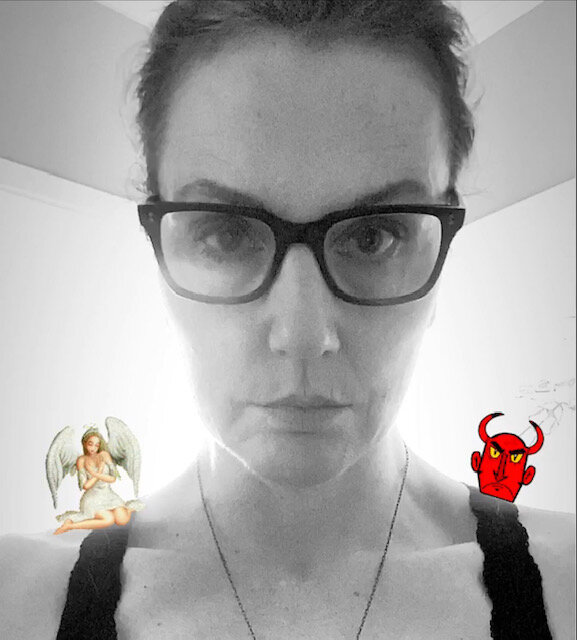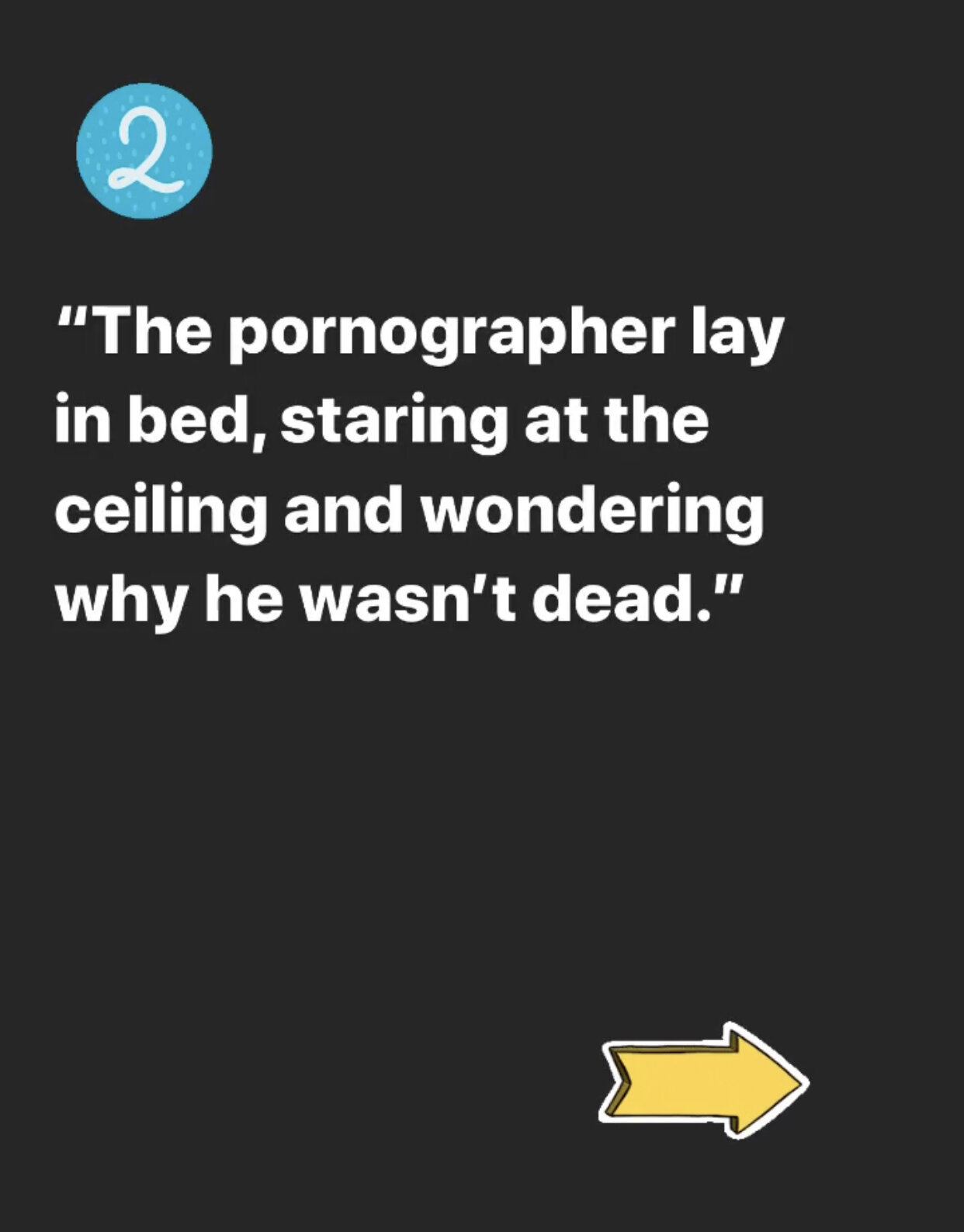A Portrait of the Writer in Solitary Isolation
Image via Instagram
In April, The New York Times asked readers to submit short essays on what it was like to live alone during the coronavirus pandemic. I submitted my story, but it wasn’t chosen for publication. (You can see the stories that were chosen here.)
In any case, here’s my story:
After I got divorced in October 2017, I waited a few months, and then I started dating. Since, I've gone out on exactly 22 first dates. I know this because I kept a list. Or, more specifically, I maintained a list of what the men I went out on dates with did for a living.
Initially, my goal was to go on 21 first dates. I decided that was my magical number. I'm an introvert, so going out on first dates isn't the easiest thing for me. To get myself to go out on those dates, which I procured through the dating websites and apps to which I belonged, I made 21 first dates my goal. Surely, if I went out on that many first dates, I'd meet the love of my life. Wouldn't I?
Instead, I went out with six attorneys, three pilots, a political lobbyist, a creative director, the guy who was the prom king of the senior class at Berkeley High School when I was a sophomore, a doctor, a carpenter, an NBA recruiter, an executive at a faucet company, a guy in health marketing, an investment banker, a guy in music marketing, a racehorse trainer, a guy in the cannabis business, and a guy who creates augmented reality projects for art galleries and the entertainment business.
Ultimately, none of those first dates ever really went anywhere. I saw a few more than once, and I dated one of the pilots, who lived in Colorado but flew through Burbank, where I live, on a regular basis, but nothing had legs. I wondered if it was me, or if it was them, or if it was the fact that I was getting older. I thought maybe I was too much, or maybe I wasn't enough, or maybe it was that I'm 6'1" and that kind of narrows my options.
Then the pandemic arrived. I kept browsing the dating apps, but I let go of the fantasy that I might meet someone at such a great remove under such calamitous circumstances. Instead, I focused on other things. I started writing more. I vacuumed the floor. I created some art. I quit coloring my hair. I stopped waxing my brows. For four weeks, I shaved neither my legs nor my armpits. Left to my own devices, I was going feral.
In the bubble of my apartment, which is located in a complex that was built in the sixties and has a pale yellow stove and a baby pink tiled bathroom, I felt the way I'd wanted to feel on all those first dates with all those guys: like I was enough. When the dates stopped, the world disappeared. It was just me, alone, at last, in these rooms of my own, creating, recreating, and transforming into whoever I'll be when we reemerge.
About me. To hire me, read this and then email me here. Subscribe to my newsletter. Follow me on Twitter, Instagram, and LinkedIn. Read The Hustler Diaries here.




















